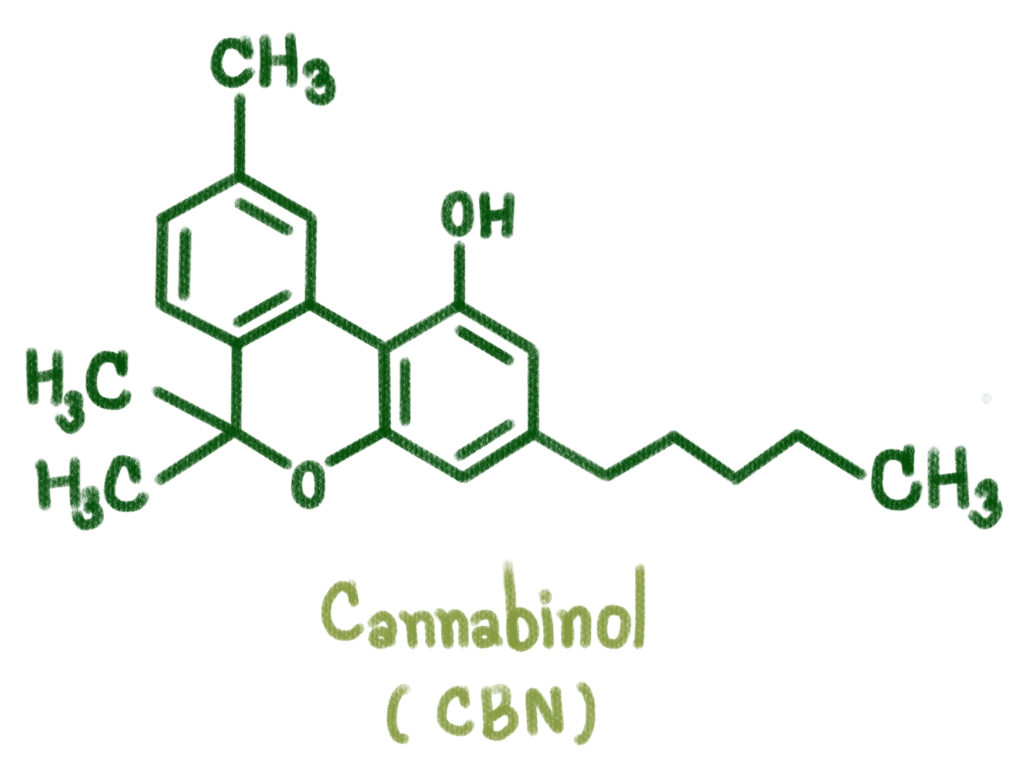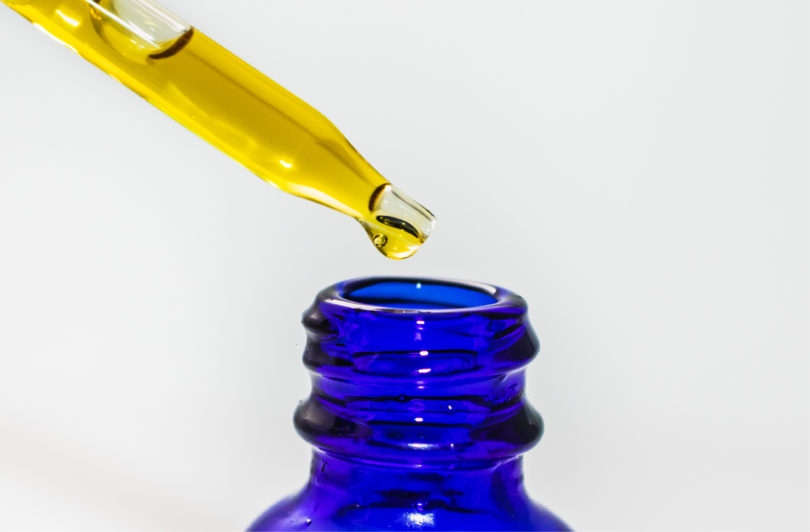We’ve all heard of treating fungal foot conditions naturally with tea tree oil, but what are some other natural remedies?
It’s said that cannabinoids could also be an effective alternative treatment for any antifungal needs. Fungal foot infections can be very uncomfortable. They’re incredibly common and can affect all parts of the foot. If left untreated, they can also spread to the nails, causing further infection. Foot infections also become socially crippling.
When on vacation or simply on hot summer days, the last thing those with fungal foot conditions want is to reveal their feet in flip flops. It also poses wider hygiene risks, for example when taking trips to public swimming pools or when using public showers.
Common ways to treat fungal infections usually involve prescribed creams, powders or sprays. Other usual advice for sufferers of foot fungus involves keeping feet dry after showering or bathing, using separate towels, and wearing clean cotton socks each day. Tea tree oil is also touted as a great natural remedy.
But the new kids on the block are CBN & CBG – which everyone’s saying could be promising remedies for foot fungus. Let’s see just how that works.
Antifungal Cannabinoids
There are over 100 cannabinoids in the cannabis plant. Each one of these has its own medicinal benefits. Among the most commonly known cannabinoids are THC (responsible for the ‘high’ associated with cannabis) and CBD, a natural pain reliever among other things. But two of the lesser known cannabinoids – CBN and CBG – are reported to hold anti-fungal abilities.
CBN –

Researchers are finding that Cannabinol (CBN) has a range of unique benefits. The main reported benefit of CBN is it’s abilities as a sedative and sleep aid. Other studied advantages of CBN include pain relief, anti-inflammatory effects and as we’ve discussed, antibacterial properties.
CBG –

Cannabigerol (CBG) is an important cannabinoid that acts as a chemical precursor to THC and CBD. As a result, it’s typically present in small amounts in C plants. However it’s possible to cultivate CBG-rich strains of hemp. CBG’s health benefits include working as a neuroprotectant, appetite stimulator, inflammation reduction and – you guessed it, antifungal.
The Evidence
A study presented by the British Journal of Pharmacology tells how the terpenes in cannabis interact with cannabinoids to fight fungal and bacterial infections. Terpenes are responsible for the aroma of the cannabis. There are over 200 reported terpenoids in the cannabis plant.
Scientific proof exists also which shows that the cannabis plant is effective against antibiotic resistant bacteria like MRSA. A piece of research conducted for the Journal of Natural Products found that all five major cannabinoids – CBD, CBC, CBG, THC and CBN – showed potent activity against strains of staphylococcus aureus bacteria (MRSA).
Final thoughts
These studies show promising results on cannabinoids abilities to treat fungus and therefore have great potential when it comes to curing fungal foot infections. However, more specific studies could be done on cannabinoids’ abilities to work as an antifungal remedy.
For now, cannabinoids like CBN and CBG appear to be effective natural alternatives which you can try when it comes to treatment for foot fungus.







